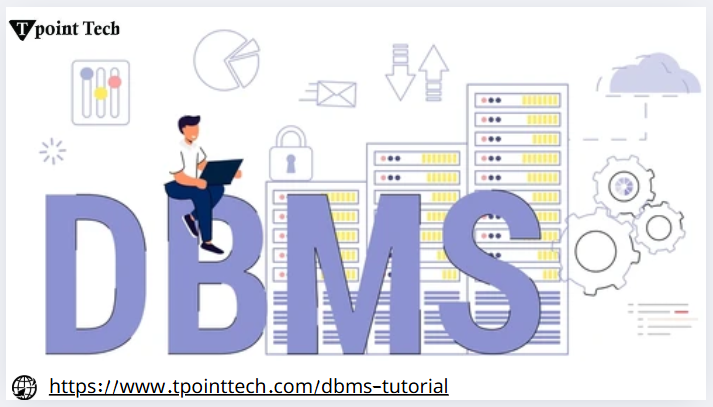DBMS Tutorial: A Beginner’s Guide to Database Management Systems
In today’s digital world, data is one of the most valuable assets for businesses and individuals alike. From online shopping platforms to banking systems and social media, massive amounts of data are generated and managed daily. To organize, store, retrieve, and manipulate this data efficiently, we rely on a powerful tool called a Database Management System (DBMS). This DBMS Tutorial will walk you through the basic concepts of database systems, helping beginners understand their structure, purpose, and real-world applications
What is a Database Management System?
A database management system is software that enables users to define, create, maintain, and control access to databases. It acts as an interface between the user and the database, ensuring data is consistently organized and easily accessible.
Imagine a library with thousands of books. Without a catalog system, it would be nearly impossible to find the book you’re looking for. Similarly, a database management system helps in organizing data so it can be found and used quickly and efficiently.
Why Learn a DBMS?
Understanding a DBMS is essential for several reasons:
• Data Organization: A DBMS ensures data is stored in a structured manner, reducing redundancy and improving data integrity.
• Easy Access: It allows users to retrieve and manipulate data using simple commands without needing to understand complex backend processes.
• Security and Access Control: A DBMS provides mechanisms to control access to data, ensuring that only authorized users can view or modify sensitive information.
• Backup and Recovery: In the event of a system crash or data loss, a DBMS can restore data to its previous state.
• Multi-user Environment: Multiple users can access the database simultaneously without affecting data consistency.
Whether you’re aspiring to become a software developer, data analyst, or IT professional, this DBMS Tutorial will help you build a strong foundation in database concepts.
Key Components of a DBMS
A typical database management system consists of several important components:
1. Database Engine
The core service responsible for storing, processing, and securing data. It manages data access and ensures that operations like insert, update, delete, and retrieve are performed correctly.
2. Data Definition Language (DDL)
This part of a DBMS helps define the structure of the database, such as tables, fields, and relationships. It allows users to create and modify database schemas.
3. Data Manipulation Language (DML)
DML is used to interact with data stored in the database. With DML, users can insert new data, update existing records, delete data, and retrieve information.
4. Query Processor
This component interprets user queries and converts them into commands the DBMS can execute. It ensures efficient data retrieval.
5. Transaction Management
It ensures that database operations are processed reliably. If multiple operations are executed together, a transaction ensures either all are completed successfully or none at all.
6. Storage Manager
Responsible for managing how data is stored on physical storage devices. It ensures data is saved, indexed, and retrieved efficiently.
Types of Database Management Systems
There are different types of DBMS, each suited to specific needs and use cases. The main types include:
1. Hierarchical DBMS
Data is organized in a tree-like structure with parent-child relationships. It is fast and simple but lacks flexibility.
2. Network DBMS
Data is represented using graphs, allowing more complex relationships. It supports many-to-many relationships better than a hierarchical model.
3. Relational DBMS (RDBMS)
The most commonly used DBMS today. Data is stored in tables (rows and columns) and can be accessed using SQL (Structured Query Language).
4. Object-Oriented DBMS
Stores data in the form of objects, like in object-oriented programming. Suitable for applications that require complex data structures.
Real-World Applications of DBMS
A database management system is used in virtually every industry. Here are a few examples:
• E-commerce: For product inventory, order processing, and customer management.
• Healthcare: To store patient records, appointments, and billing information.
• Education: For student enrollment, exam records, and course management.
• Telecommunications: For managing call records, customer data, and billing.
Final Thoughts
This DBMS Tutorial offers a beginner-friendly introduction to the fundamentals of database management systems. Understanding how data is stored, managed, and accessed is a critical skill in today’s tech-driven world. As you advance in your learning journey, you’ll explore more complex concepts such as normalization, indexing, distributed databases, and database security.
Whether you aim to build applications, analyze data, or simply understand how digital systems function behind the scenes, mastering a database management system is a step in the right direction.

